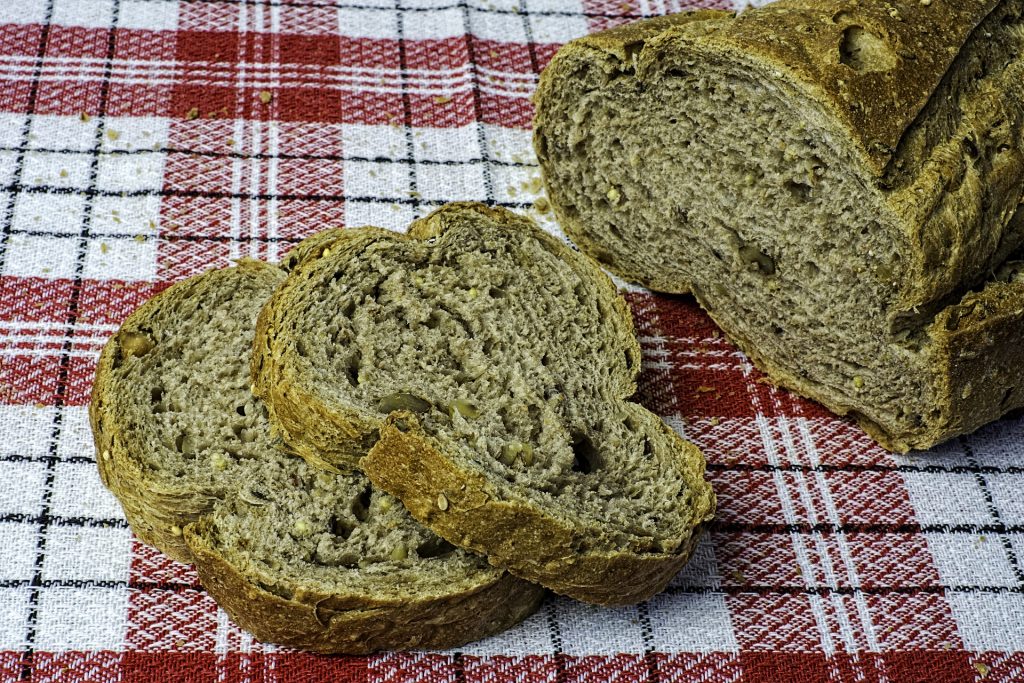 The digestion rate of starch is pivotal to health. As starch digestion and absorption increases, the risk of certain diseases also increases. This is exemplified by the contrast between whole grain and refined cereal starch sources. In whole grains the original cereal grain from the plant is left almost intact, and this means that the grain retains the fibrous bran layer that surrounds the starchy endosperm layer within. The bran layer acts as a physical barrier to digestive enzymes and this significantly slows the rate of digestion, which ultimately delays the point of absorption. Refining the grain to remove the fibrous bran layer exposes the starchy endosperm to digestive enzymes directly, accelerating digestion and temporally shifting the point of absorption closer to the point of ingestion. Increasing the digestion and absorption rate is detrimental because it overloads the cells with energy and in response a certain degree of insulin resistance develops. Over time this leads to weight gain and disease.
The digestion rate of starch is pivotal to health. As starch digestion and absorption increases, the risk of certain diseases also increases. This is exemplified by the contrast between whole grain and refined cereal starch sources. In whole grains the original cereal grain from the plant is left almost intact, and this means that the grain retains the fibrous bran layer that surrounds the starchy endosperm layer within. The bran layer acts as a physical barrier to digestive enzymes and this significantly slows the rate of digestion, which ultimately delays the point of absorption. Refining the grain to remove the fibrous bran layer exposes the starchy endosperm to digestive enzymes directly, accelerating digestion and temporally shifting the point of absorption closer to the point of ingestion. Increasing the digestion and absorption rate is detrimental because it overloads the cells with energy and in response a certain degree of insulin resistance develops. Over time this leads to weight gain and disease.

Refining starch may accelerate the digestion and absorption rate of energy derived from carbohydrate and this in turn may negatively affect the health of the individual.
A number of studies have investigated the effects of manipulating variables with regards to changing the digestion rate of starch. For example, the size and shape of the starch grains may play a significant role in the accessibility of the starch to digestive processes. In one study, researchers compared the digestion rate of 55 grams of starch containing either course 2mm starch particles or smooth <0.2 mm starch particles from wheat porridge in healthy ileostomy patients. The results showed that blood glucose, insulin, C-peptide (a measure of insulin release), and glucose dependent insulinotropic peptide (a secreting hormone that induces insulin release) were all reduced following consumption of porridge containing coarse compared to smooth grains. In vitro experiments confirmed that starch digestion rates were slower in the coarse grained porridge compared to the smooth grained porridge. Delaying the digestion of starch grains may therefore provide significant reductions in insulin output and blood sugar levels.
Eat Well, Stay Healthy and Protect Yourself
RdB
